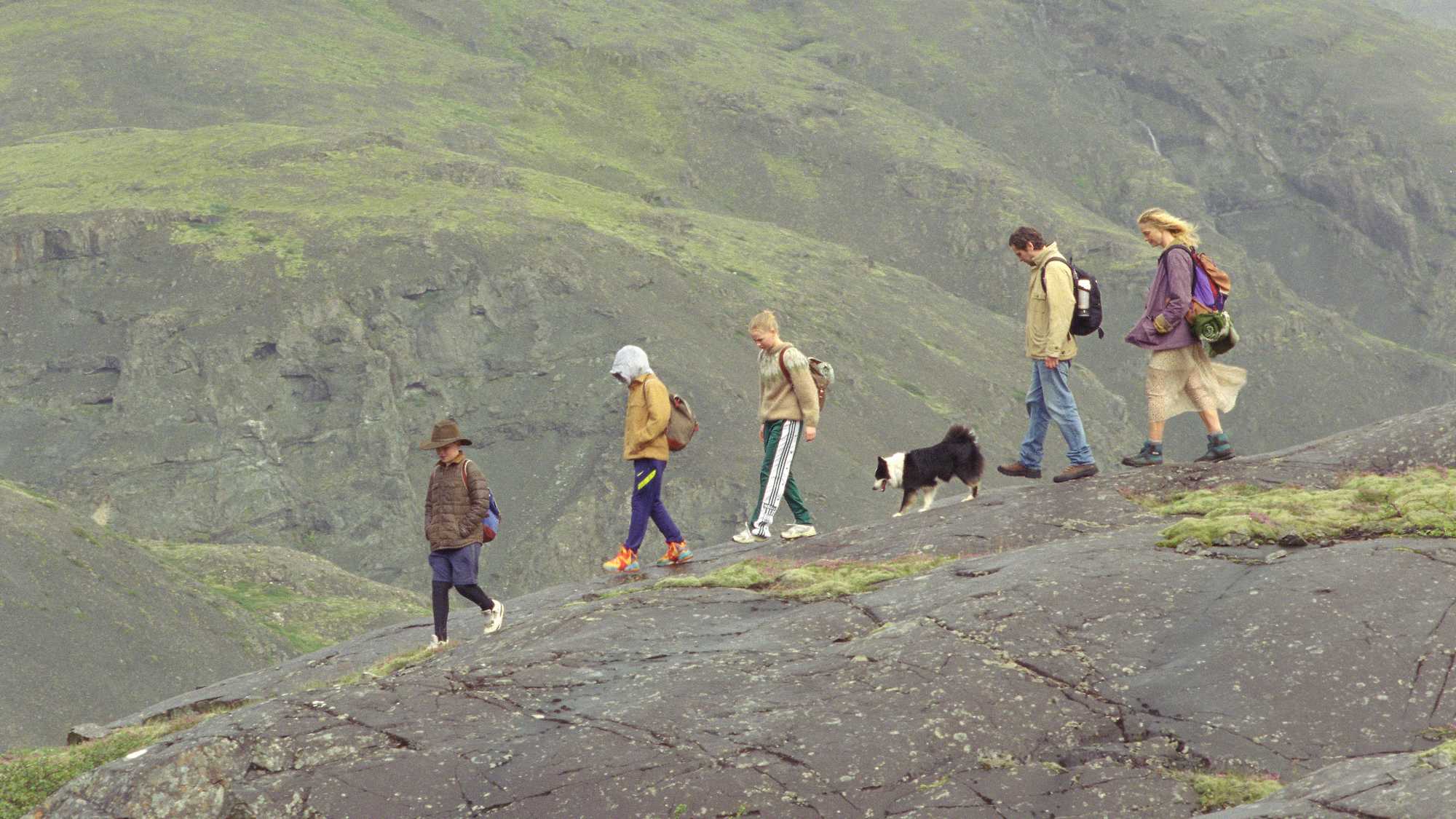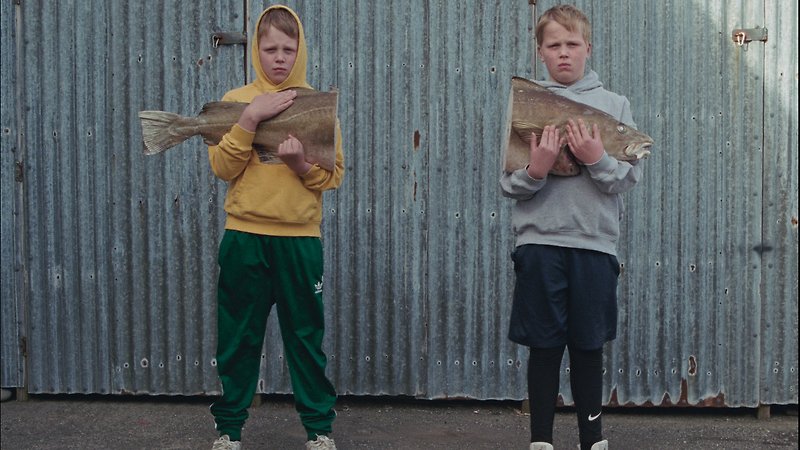An intimate, rapturously-lensed exploration of a family struggling with a parental separation, Hlynur Pálmason’s mosaic of snapshots, dreams and memories finds gentle profundity in the slow march of time.


There’s an undertow of melancholy certainly, but also a light, buoyant quality to a film that cherishes its moments of humour and absurdity.
The Love That Remains 2025
Ástin sem eftir er
For Hlynur Pálmason, nature and drama are closely intertwined — his previous works, including the operatically vast Godland, set their stories against beautiful but cosmically uninterested landscapes, which would eventually swallow all things, from the grandest cathedrals to the lowliest peasants. The environment is of central concern, but to different ends, in The Love That Remains, a deeply harmonious, lightly surreal portrait of a family adrift in the wake of a parental separation, and the natural world they’re in constant communion with.
The story is simple, yet exacting: the focus is on mother Anna (Saga Garðarsdóttir), a struggling artist whose work utilises rusting metals exposed to the elements. Hangdog husband Magnús (Sverrir Gudnason), lingers about, unable to accept that the relationship has already wilted. Their three offspring (played by Pálmason’s own children) bear witness and are all affected differently by the slow decomposition of the family unit.
Frequently disarming in its willingness to divert down alleyways alternately humorous, heartbreaking or bizarre, a warm sense of melancholy pervades the gentle unfolding of The Love That Remains’ gossamer-thin narrative, even as it begins to fragment into surreal abstractions, always accompanied by rapturous imagery of the Icelandic surrounds. — Tom Augustine